Asus Rog Strix Radeon Rx 570 O4g Review
[department label="Introduction"]
Polaris Enhanced?
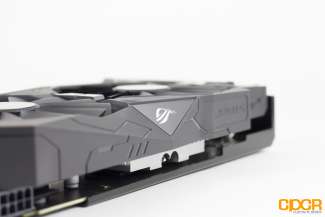 A few weeks ago, AMD launched the Radeon RX 500 series, which is mostly a refresh of the previous-generation RX 400 series they launched less than a yr ago. Generally because the Radeon RX 500 series is based on the very same Polaris compages as its predecessor, albeit on a slightly more mature process. Whatever your stance on rebadges, it'due south articulate that AMD has decided to double-down on its Polaris architecture in 2017, at to the lowest degree for the midrange and entry-level segments until its RX Vega GPUs appear after to cover the high-stop market. So like it are not, Polaris is here to stay for the foreseeable future.
A few weeks ago, AMD launched the Radeon RX 500 series, which is mostly a refresh of the previous-generation RX 400 series they launched less than a yr ago. Generally because the Radeon RX 500 series is based on the very same Polaris compages as its predecessor, albeit on a slightly more mature process. Whatever your stance on rebadges, it'due south articulate that AMD has decided to double-down on its Polaris architecture in 2017, at to the lowest degree for the midrange and entry-level segments until its RX Vega GPUs appear after to cover the high-stop market. So like it are not, Polaris is here to stay for the foreseeable future.
Today, we're going to take a expect at one of the offset graphics cards in the new RX 500 series lineup, the Radeon RX 570 – specifically the ASUS STRIX RX 570 which features RGB lighting for all the customization your heart desires.
Radeon RX 570 Specifications
| Manufacturer | AMD | |||
|---|---|---|---|---|
| Model | Radeon RX 470 | Radeon RX 570 | Radeon RX 580 | |
| Codename | Polaris 10 | Polaris xx | Polaris twenty | |
| Architecture | GCN iv.0 | |||
| Fabrication | 14nm FinFET | |||
| Cadre Clock (MHz) | 1206/926 | 1244/1168 (1300) | 1340/1257 | |
| Compute Units | 32 | 32 | 36 | |
| Stream Processors | 2048 | 2048 | 2304 | |
| Texture Units | 128 | 128 | 144 | |
| ROPs | 32 | 32 | 32 | |
| Framebuffer | 4GB | 4GB | 4/8GB | |
| Retentiveness Blazon | GDDR5 | |||
| Memory Interface | 256-bit | 256-chip | 256-bit | |
| Retention Clock | 6.half-dozen Gbps | 7.0 Gbps | 7.0/8.0 Gbps | |
| TDP | 120W | 120W | 180W | |
| Launch Price | $179 | $169 ($189) | $199/$229 | |
*ASUS non-reference specifications highlighted in bold.
Taking a await at the spec chart above, nosotros tin run into that the Radeon RX 570 features the verbal same specs as the previous-generation Radeon RX 470 nevertheless, a more mature process does come up with some refinements and one of those is higher clocks. As expected, the ASUS STRIX RX 570 and then goes beyond the reference RX 570, featuring a factory boost clock of 1300MHz, which further boosts to 1310MHz in OC style.
Let's take a closer wait.
[section label="A Closer Look"]
A Closer Look
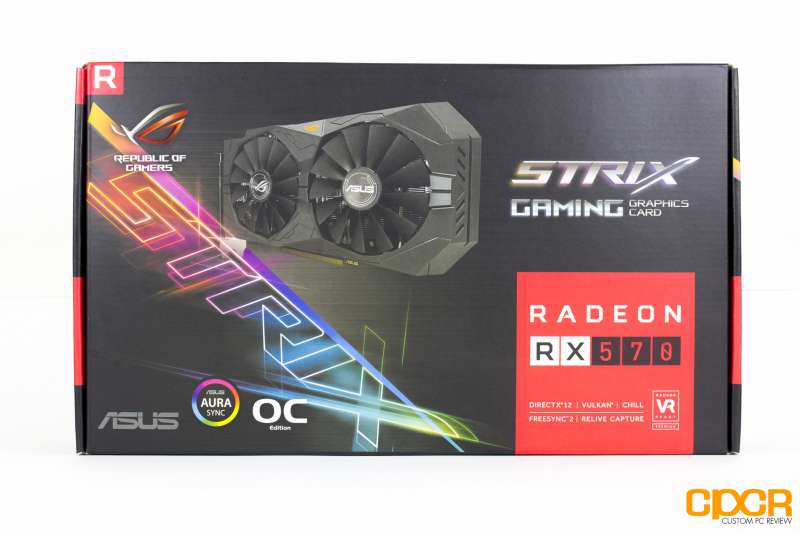
Starting with the packaging for ASUS STRIX RX 570, we have a overnice look at the menu itself, the ASUS Aureola SYNC badge indicating the card features RGB lighting and the colorful STRIX logo.
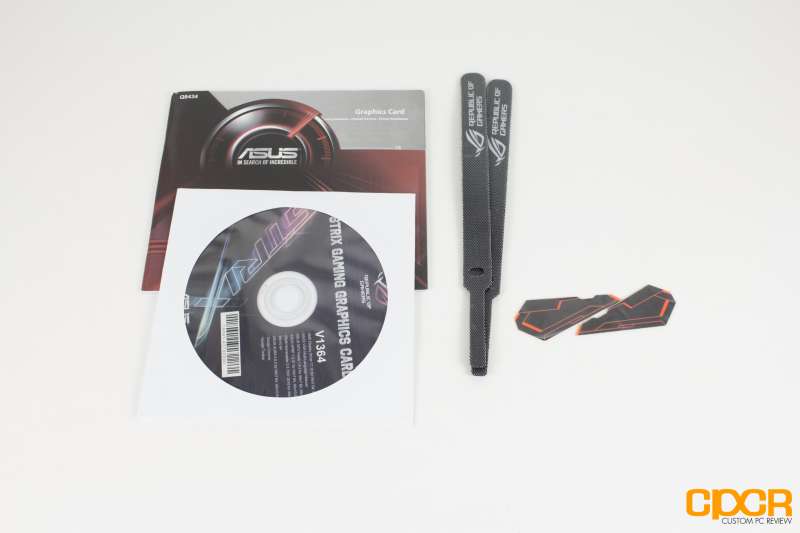
Included in the packaging, we go a user manual, quick installation guide, a driver installation disc (don't employ this, download the latest drivers from the AMD website guys), and a pair velcro cable ties, which is a very thoughtful addition. Finally, nosotros take a set of adhesive-backed decals which can be stuck to cut outs on the GPU'southward shroud, if you're into that sort of thing. I appreciate the customization, but considering the front end of the fan shroud is not even seen in 99% of cases, it seems a little unnecessary.
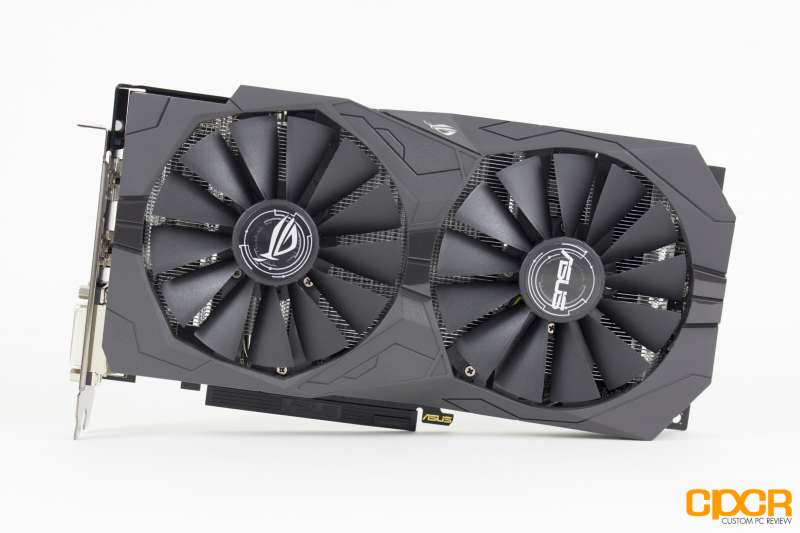
The ASUS STRIX RX 570 features a dual 90mm fan design which features ASUS' patented "Wing-Bract" 0dB fan design. These fans are IP5x-certfied grit resistant. The design allows for more than air force per unit area on the edges of the blades which tin increase air flow up to "105%" while operating up to "3x quieter" than reference cards. 0dB means that the fans will idle at 0 RPM when at idle, or non under intense loads.
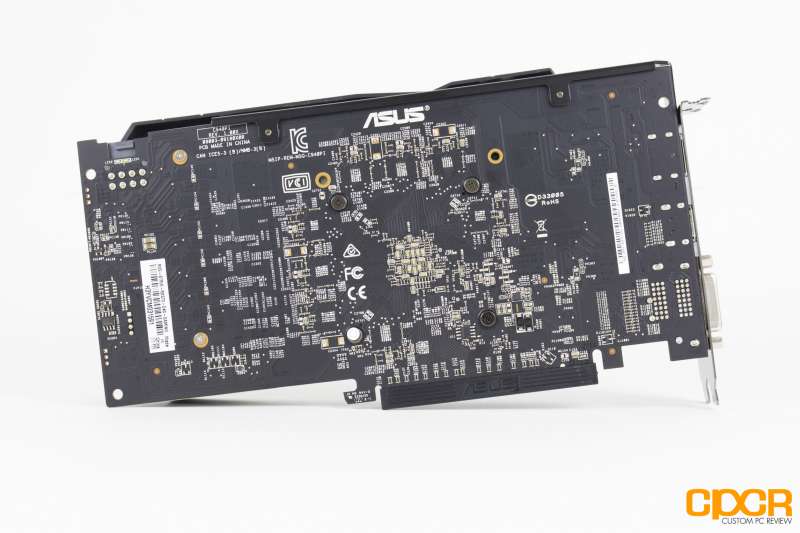
Effectually the back, we see ASUS has omitted a backplate, which is a little disappointing to encounter especially at this toll point. Thankfully, they've included a modest support bracket spanning roughly 80% of the carte, which volition help increment rigidity. Still, I can't help merely remember a backplate would have better served this purpose.
The card measures but over 9.5″ long and features a fully blackness color scheme with the merely color coming from the RGB ASUS ROG logo on the side of the card. The card receives power from a unmarried 8-pin PCIe ability connector, which is adequately standard.
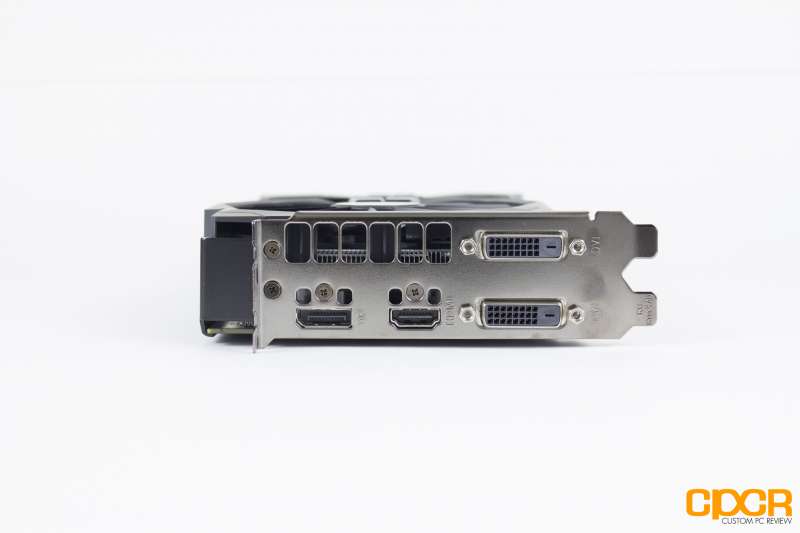
Taking a look at the rear I/O, we have meet that ASUS has opted for a different configuration than usual. We have a single DisplayPort ane.iv, every bit well every bit a single HDMI 2.0 and 2x dual-link DVI- connectors. I really can't imagine why ASUS would cull to include two DVI connectors and only a unmarried DisplayPort since most GPUs in this course take up to three.
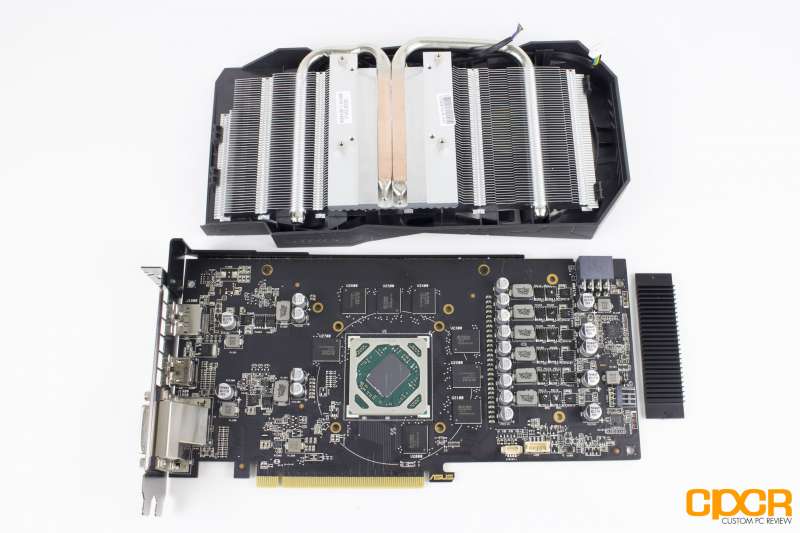
Afterwards removing the cooling shroud from the PCB, we get a improve wait at the internal layout of the graphics bill of fare and the cooling system itself. Taking a expect at the cooling shroud, we discover ASUS signature DirectCU Two cooling engineering, which basically means there are two 6mm copper-heatpipes which straight contact the GPU cadre itself. The heatsink is rather smaller, considering the size of the fans and the fact that it only includes two heatpipes is a bit concerning for a premium priced RX 570.
Next. we accept a shot of the Polaris 20 GPU, which looks identical to that of the Polaris 10 GPU found on the RX 470 we review before this twelvemonth, In addition, there's also 8x 512MB Elpida GDDR5 retention fries, which give us our 4GB framebuffer. These memory chips aren't exactly well known for their overclocking potential or tolerance for loftier heat, so the fact that they are entirely passively-cooled means overclocking is probable a non-starter.
Taking a expect at the graphics cards power delivery system, we see that rather than a reference half dozen-phase power design, nosotros actually take iii phases which are being controlled by the Digi+ (International Rectifer) ASP1300. Those 3 phases are being doubled using 3 IR3598s which are each driving 2 pairs of MOSFETs which are all UBIQ made, ane M3054 N-channel MOSFET for the high side and 2 M3056 N-channel MOSFETs for the low side.
[section label="Testing Setup and Methodology"]
Testing Setup
Haswell-East X99 Test Demote
| CPU | Intel Cadre i7 5960X @ 4.2GHz |
|---|---|
| Motherboard | Asrock X99 OC Formula |
| Retentiveness | Crucial Ballistix Elite 16GB DDR4-2666 |
| Graphics | North/A |
| Boot Drive | Samsung 850 EVO 500GB Grand.2 SSD |
| Storage Drive | ADATA Premier SP610 1TB SSD |
| Power Supply | DEEPCOOL DQ1250 |
| CPU Cooler | DEEPCOOL GamerStorm Captain 360 |
| Case | Phanteks Enthoo Pro |
| Operating System | Windows ten Pro |
Special thanks to Phanteks, DEEPCOOL, Asrock, and Crucial for supplying vital components for this test bench.
Testing Methodology – 2017 Update 2
With major GPU releases from both AMD and NVIDIA that fully support the latest APIs such every bit DirectX 12 and Vulkan, and a number of new games bachelor which take reward of these new features, nosotros decided it was a fourth dimension to update our GPU testing suite to more than accurately represent the modern gaming landscape. Replacing FRAPs in our toolset is OCAT (Open Capture and Analytics Tool) which is an open source GUI frontend for PresentMon, the results captured by OCAT are identical to that of PresentMon, however, the ease of use provided by the GUI and its overlay greatly help in reducing the time in our testing process.
Similar with any skilful graphics examination suite, ours is constantly evolving to arrange the current gaming landscape. With incremental changes adding new titles and benchmarks we believe are necessary. Our 2d update for 2017 replaces Project CARS with Sniper Elite 4, which brings with information technology support for DirectX 12 as well equally a number of optimizations for multiple graphics carte du jour setups.
The following games/benchmarks will be tested:
- 3DMark FireStrike
- 3DMark Time Spy
- Rise of The Tomb Raider (DX11 & DX12)
- HITMAN (DX11 & DX12)
- Deus Ex: Flesh Divided (DX11 & DX12)
- Ashes of the Singularity (DX12)
- Gears of War: 4 (DX12)
- 1000 Theft Auto V
- The Witcher 3: Wild Hunt
- Sniper Elite 4 (DX11 & DX12)
- DOOM (Vulkan)
All titles volition exist benchmarked a minimum of iii times per configuration with the average of those results being displayed in our graphs. Performance will exist measured in average FPS likewise as the 99th (1% low) and 99.9th (0.1% depression) percentiles. Those results volition be gathered from the frame fourth dimension information that is recorded using OCAT, nonetheless, they volition be converted from milliseconds (ms) to frames per 2nd (FPS) in order to simplify things. Data gathered from benchmarking tools is analyzed using Microsoft Excel.
All titles are tested at "High" to "Very High" settings at resolutions to be determined by the GPU's marketplace-segment. In the example of this review, it will be 1080p.
All benchmarks are conducted using the latest available drivers at the time of testing. In the example of this review, they are the AMD Radeon Crimson ReLive Edition 17.4.three and the NVIDIA GeForce Game Set 381.65 drivers.
Initial Boot
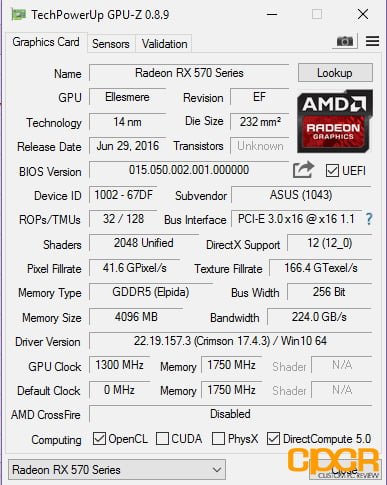
[section label="3DMark"]
Performance
3D Marker
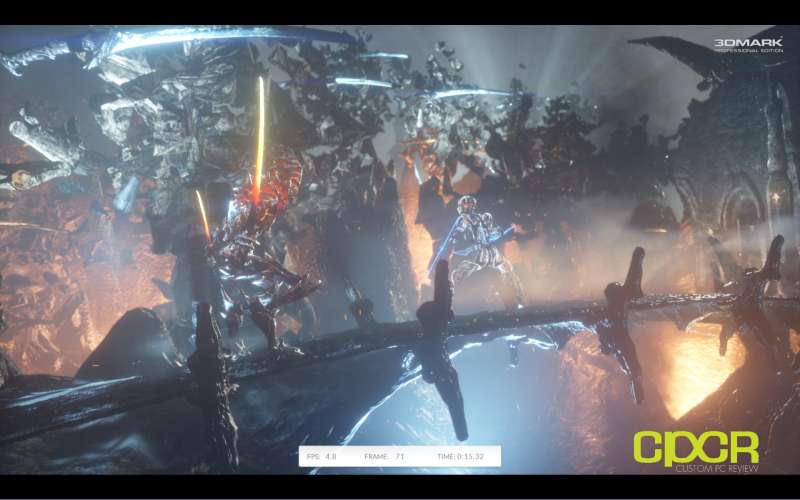
The new 3D Mark, now referred to equally just 3D Mark, is Futuremark'southward latest update to the popular 3D Marking series of benchmarks. The updated 3D Mark at present includes multiple benchmarks for cross-platform support as well equally updated graphics to push the latest graphics cards to their limits.
Fire Strike
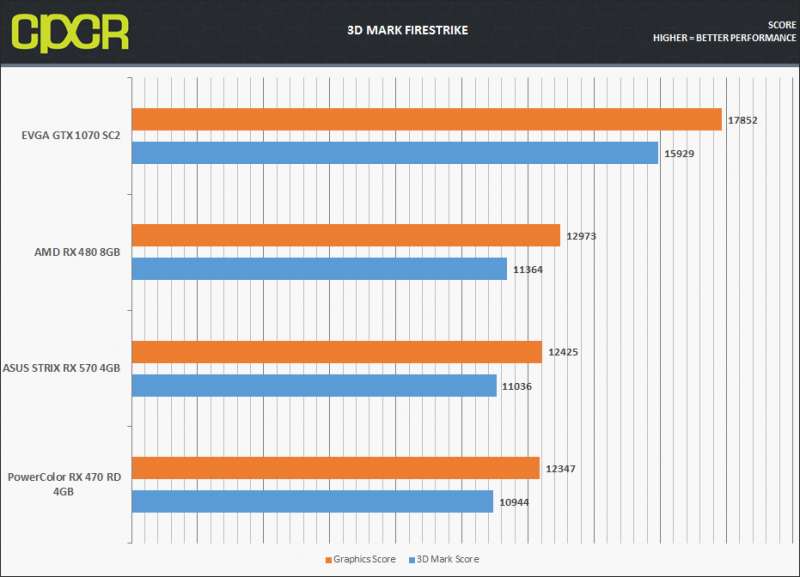
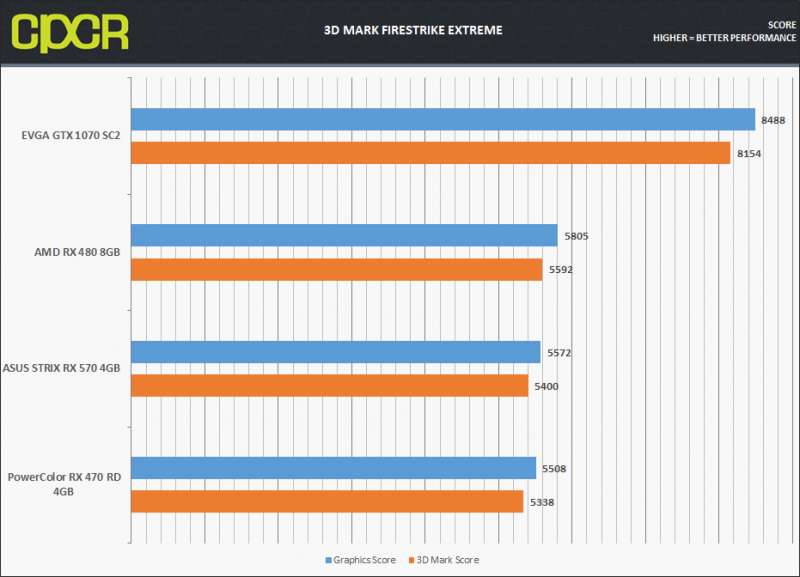
Fourth dimension Spy
[department label="Deus Ex: Flesh Divided (DX11/DX12)"]
Deus Ex: Mankind Divided
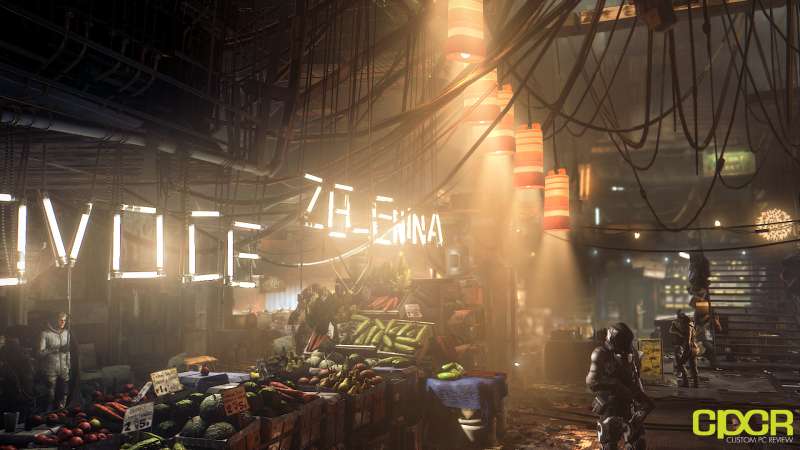
Flesh Divided is the latest in the legendary beginning-person stealth action serial, Deus Ex. Developed by Eidos Montreal and built using their make new Dawn Engine which is based on IO Interactive'southward impressive, Glacier 2 engine. It features back up for both DX11 and DX12 like most of Square-Enix's other 2016 titles and like those tiles was ported to PC past Nixxes. Information technology is a adequately graphically intensive game, and is easily one of the virtually demanding in our test suite.
Settings
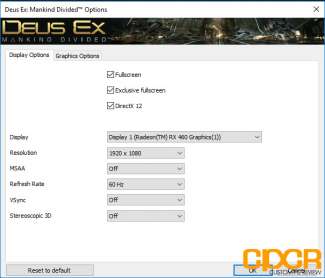
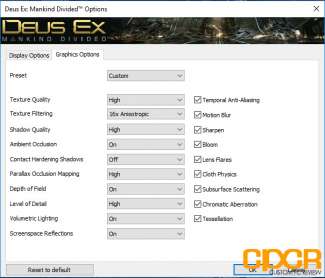
Results (DX11)
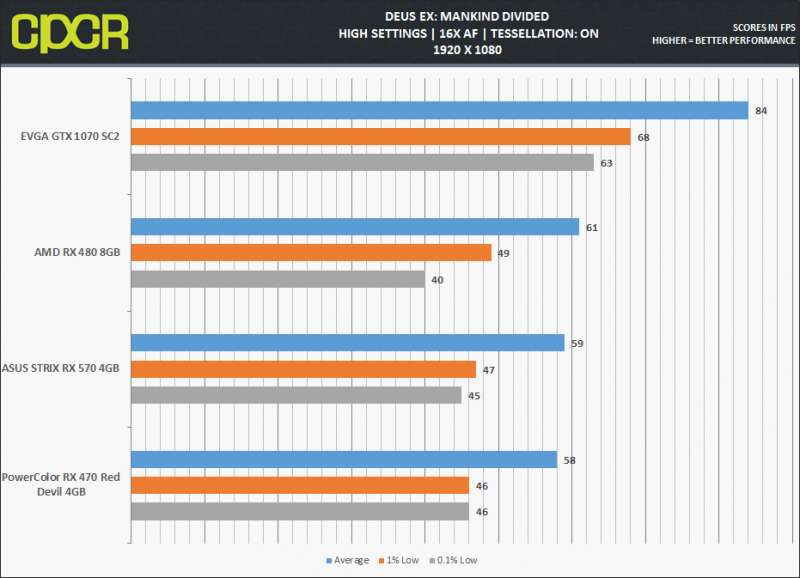
Results (DX12)
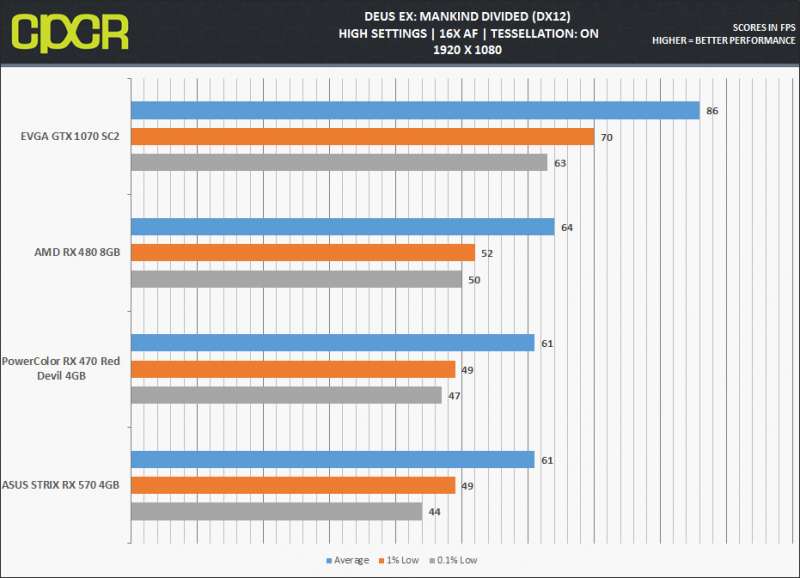
[section label="Rising of the Tomb Raider (DX11/DX12)"]
Rise of the Tomb Raider
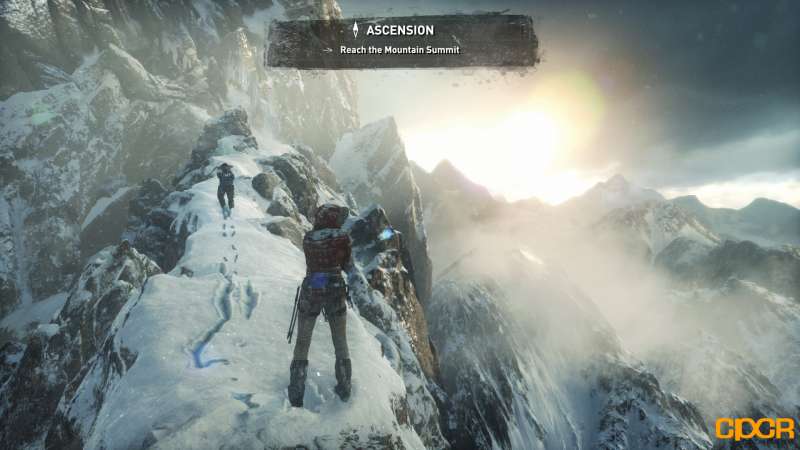
The follow-upward to Crystal Dynamics' honour-winning Tomb Raider reboot, Rising of the Tomb Raider takes users across the earth to a variety of exotic locales with even more tombs. With physically-based rendering, HDR and adaptive tone mapping, deferred lighting with localized Global Illumination for realistic lighting, volumetric lighting enables God Rays and light shafts, Rise of the Tomb Raider is difficult on fifty-fifty on loftier end mod graphics cards.
We test Tomb Raider using the game's built-in benchmarking tool.
Settings
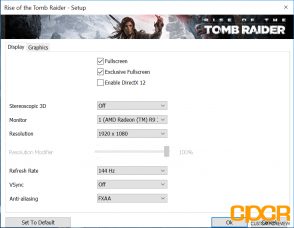
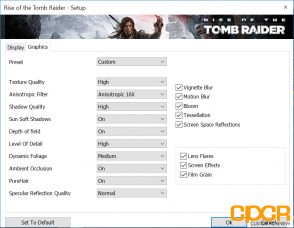
Results (DX11)
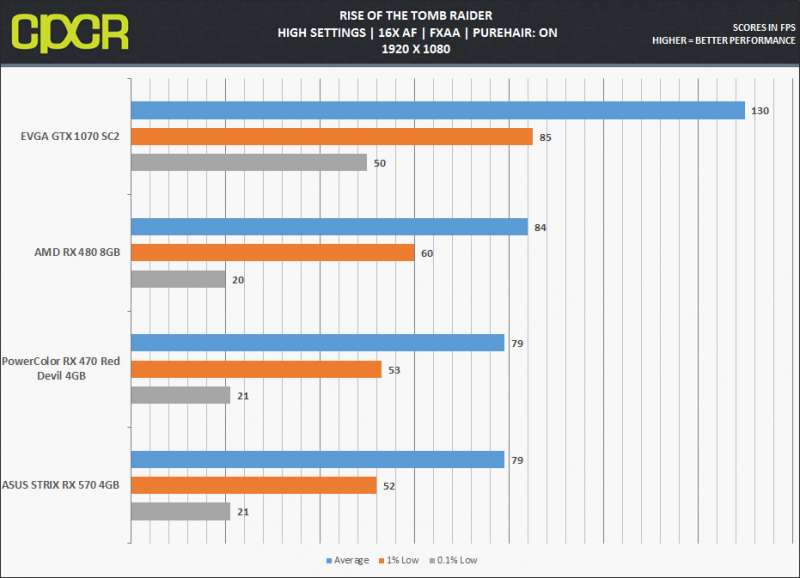
Results (DX12)
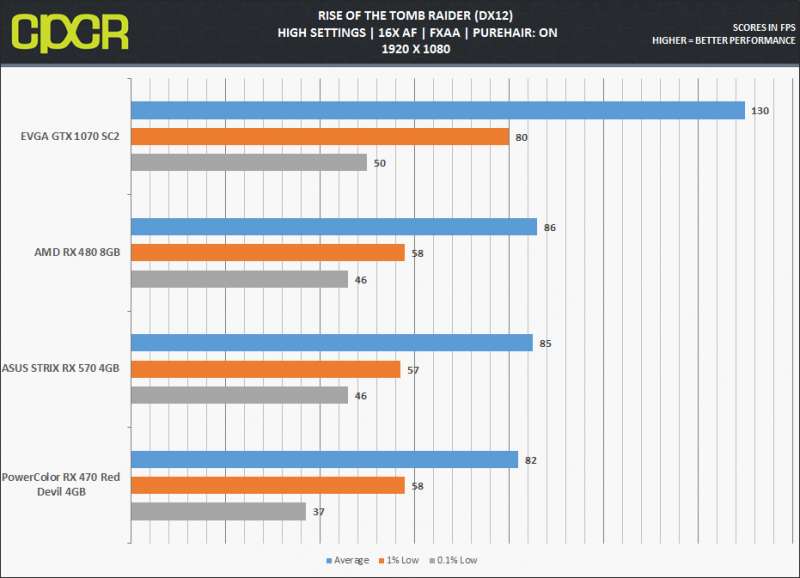
[section characterization="Grand Theft Auto V"]
Chiliad Theft Auto V
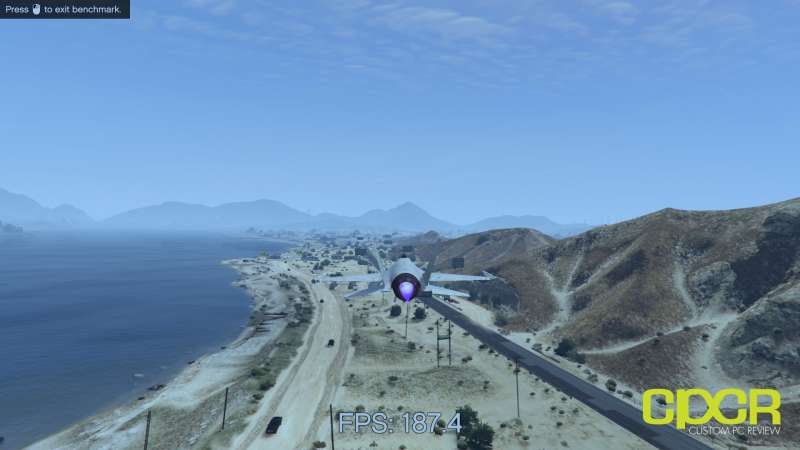
The hotly predictable PC release of Rockstar Games' fifth installment of their M Theft Car franchise hands proves once over again that when it comes to open up-world games, no ane does it ameliorate. With lots of new features and graphical enhancements built specifically for the PC version, it'southward no wonder information technology took them so long to optimize it. With advanced features such equally tessellation, ambience occlusion, realistic shadows, and lighting, mixed with the largest open up-earth map in franchise history, this is i cute, well-optimized PC title.
We exam Chiliad Theft Car 5 using the last scene in the game's congenital-in benchmarking tool.
Settings
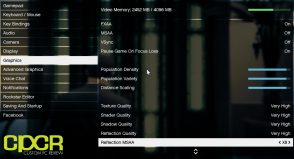
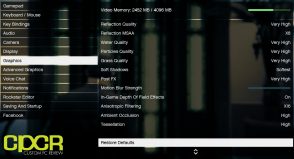
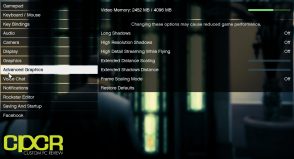
Results
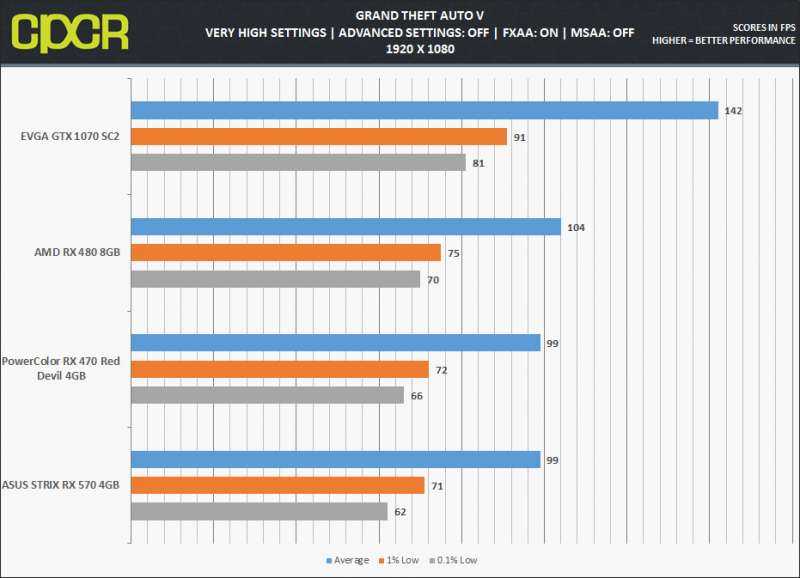
[section label="The Witcher 3: Wild Chase"]
The Witcher 3: Wild Hunt
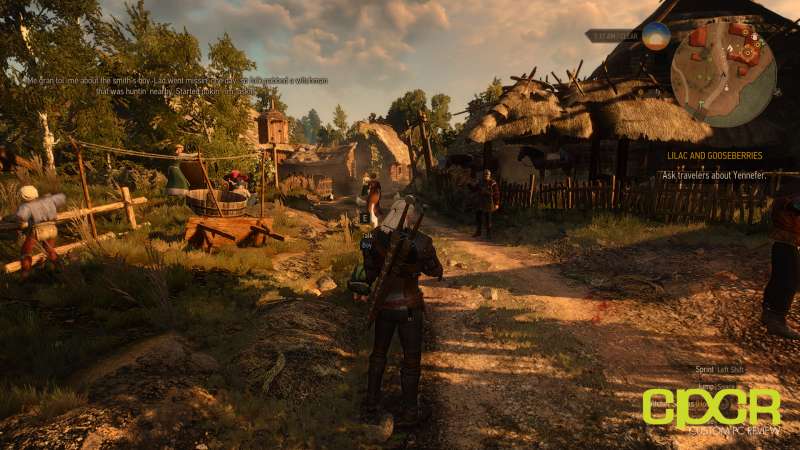
CD Projekt Ruddy'due south The Witcher series has long been accredited with existence some of the most beautiful, and graphically demanding PC titles and its latest installment, The Witcher iii: Wild Hunt, is no exception. With beautiful, large open-world environments, detailed charter designs, loftier-resolution textures, and avant-garde features such equally God Rays and Volumetric Fog, in addition to a slew post-processing effects, makes this one really impressive looking game.
We test The Witcher 3 with a 60 2nd lap around the first village you come across in the campaign, this is one of the best places for testing as it exhibits some of the game's nearly graphically intense features such as God Rays, and Volumetric Fog. The examination loop too offers very little variance making it a very repeatable benchmark, which is difficult to find in most open-world games.
Settings
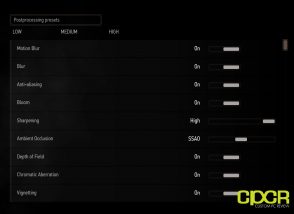
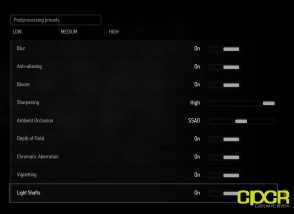
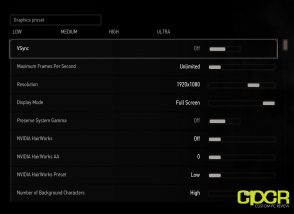
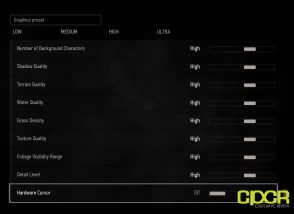
Results
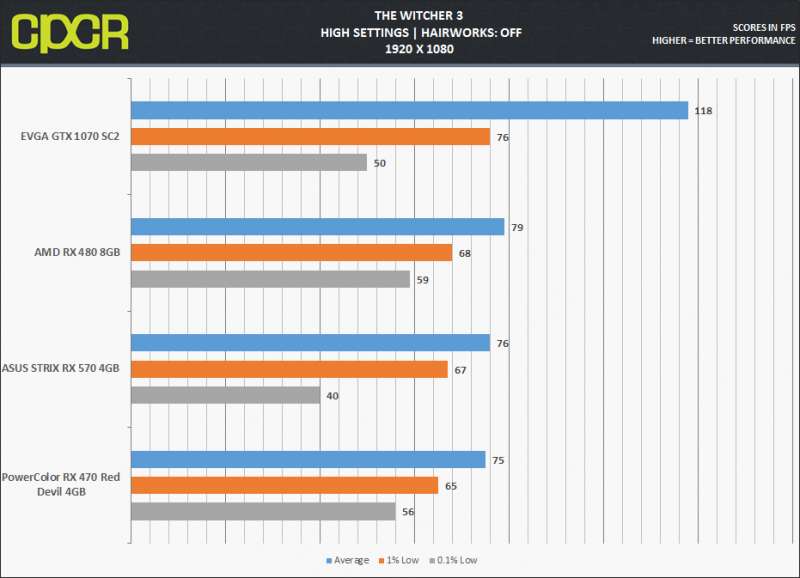
[section characterization="Sniper Elite iv (DX11/DX12)"]
Sniper Elite 4
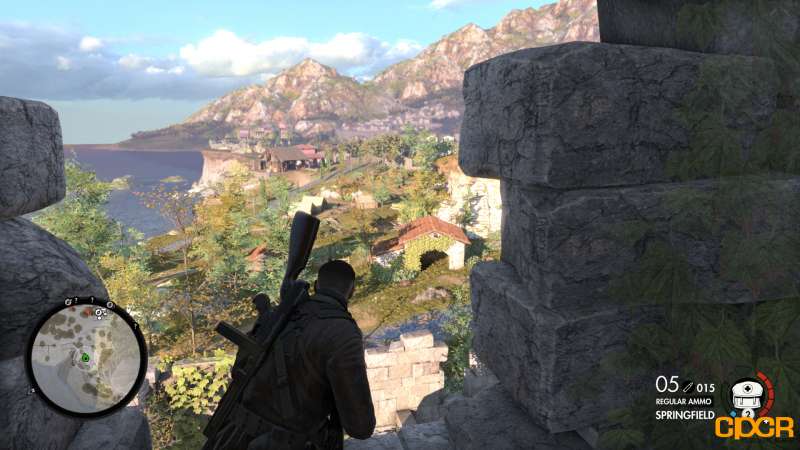
Sniper Aristocracy 4 is the latest sequel in the striking 3rd-person, stealth shooter franchise by developer Rebellion. The latest installment brings with information technology back up for DirectX 12 as well as a massive increment to the game's overall map size and scale. The game also features a re-worked rendering engine which allows for even more than over the top slow-movement deaths, which are a signature of the serial.
We examination on "High Settings" and commencement our benchmark during the start mission of the game when y'all arrive at the village. Tests are conducted in threescore-second runs.
Settings
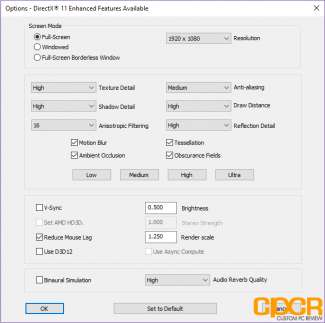
Results (DX11)
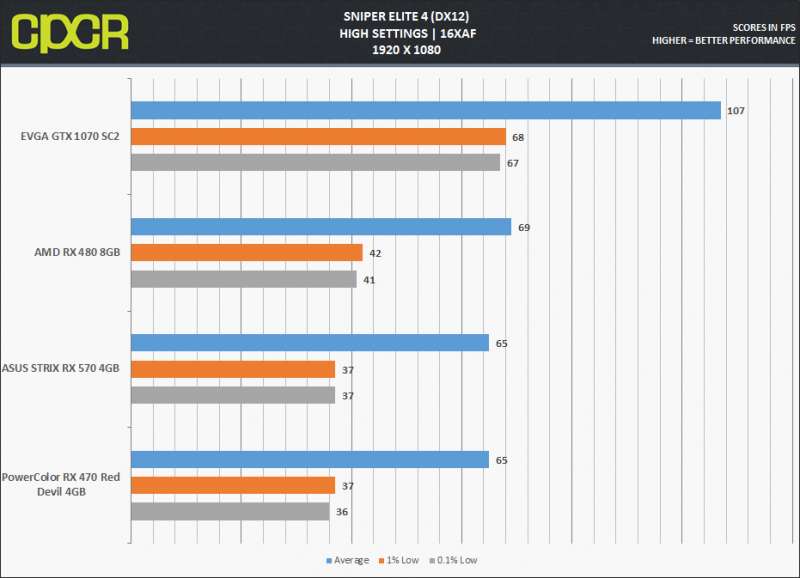
Results (DX12)
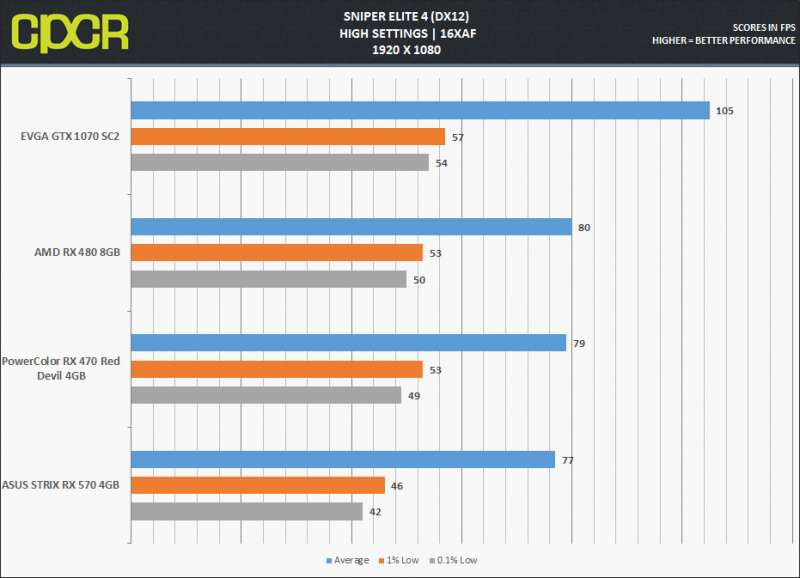
[section label="DOOM"]
DOOM
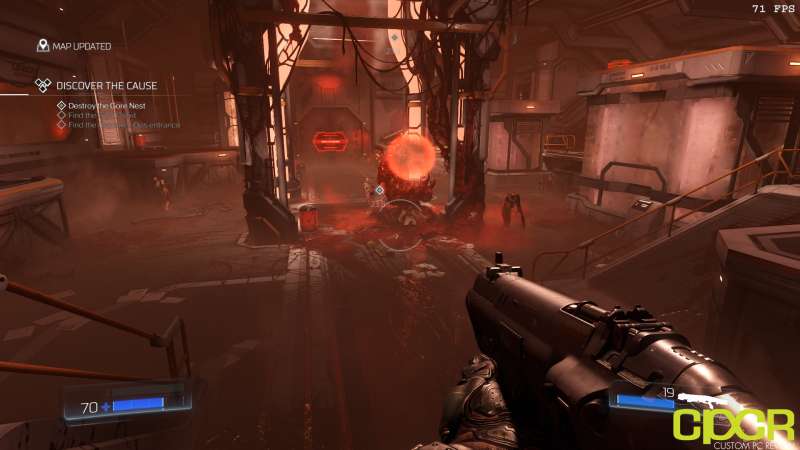
The latest installment of Id Software's legendary DOOM serial. The new DOOM brings with information technology the latest graphics technologies and a fully uncapped frame rate thanks to the all new id Tech half dozen game engine. With some of the best graphics available on PC today, DOOM brings to life its hellish environments and demons for a truly jaw-dropping experience.
Nosotros test DOOM using a 60-second run during the first mission of the game.
Settings
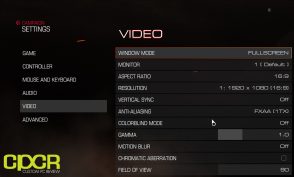
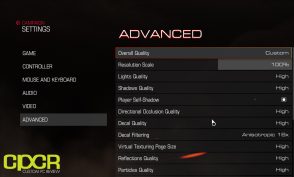
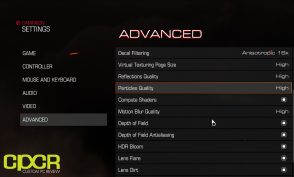
Results (Vulkan)
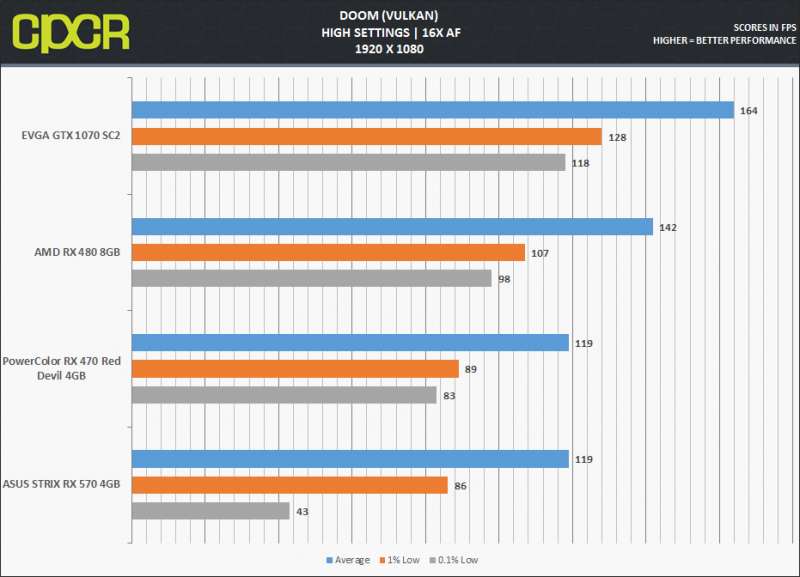
[section label=" HITMAN (DX11/DX12)"]
HITMAN
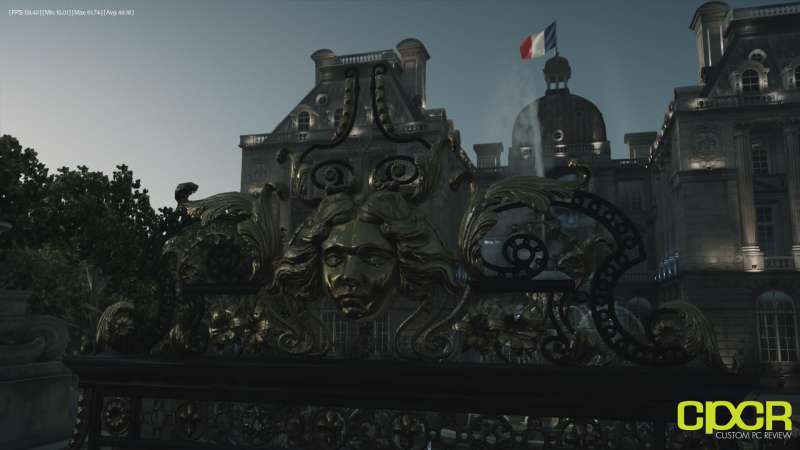
The follow-up to 2012's Hitman: Absolution, only titled HITMAN, the latest game in the series by developer IO-Interactive takes users on an episodic adventure to compete online against other players. The new game too brings with it support for Microsoft'due south latest DirectX 12 API.
We test HITMAN using the game'south built-in benchmarking utility.
Settings
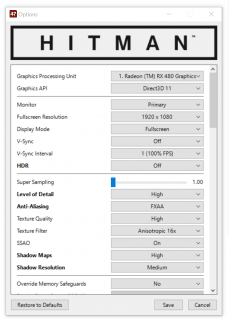
Results (DX11)
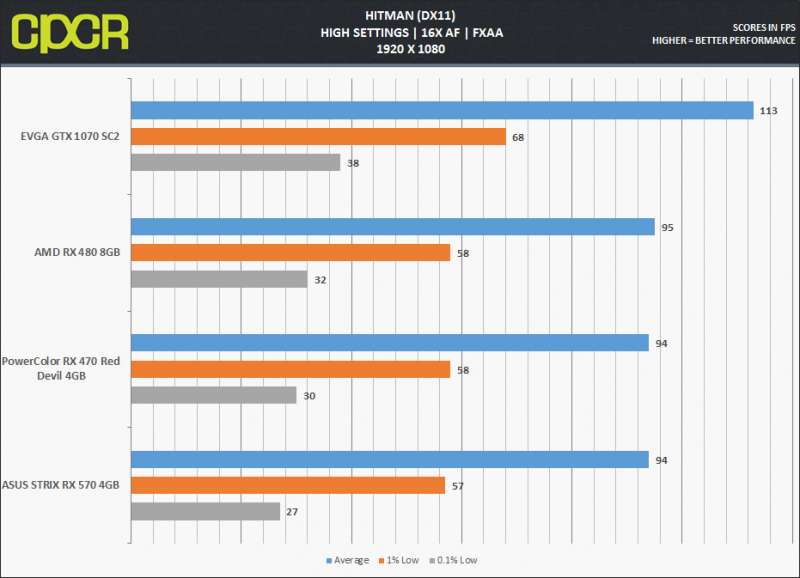
Results (DX12)
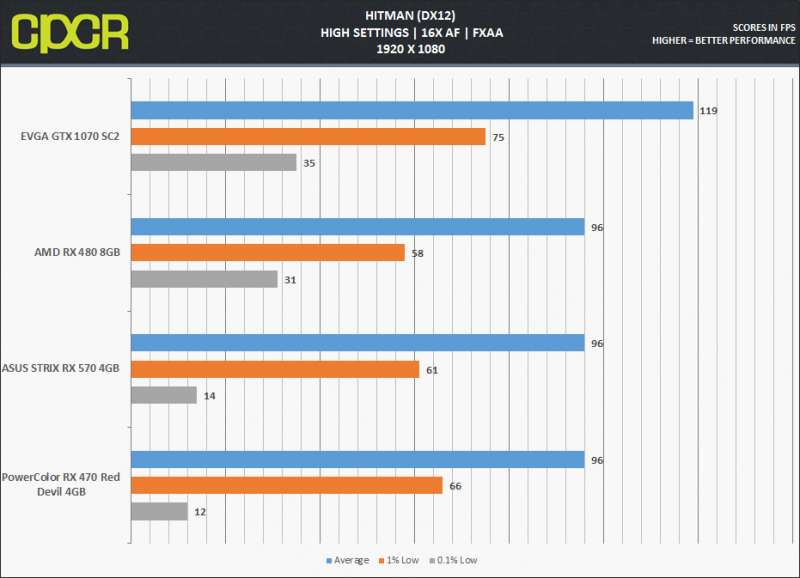
[section label="Gears of State of war four (DX12)"]
Gears of War 4
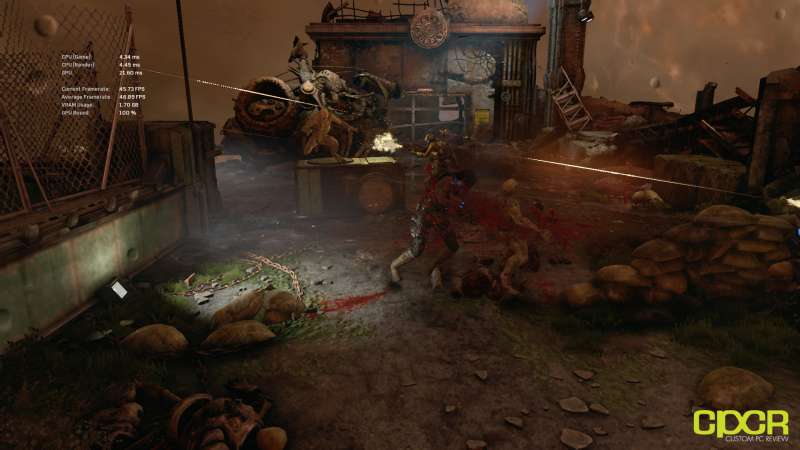
Gears of War 4 is the latest installment in Microsoft'south long-running third-person shooter franchise. As the first of the series to launch simultaneously on both Xbox consoles and PCs, Gears of War 4 is based on Ballsy's Unreal Engine iv and fully supports DX12, making it i of the well-nigh well optimized PC titles of 2016 offering a plethora of graphics options which tin can exist adjusted for scaling beyond large varieties of hardware.
We examination Gears of State of war 4 using the game'due south built-in benchmark utility.
Settings
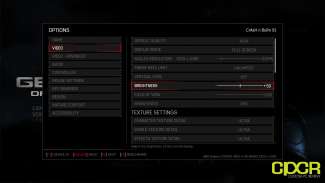
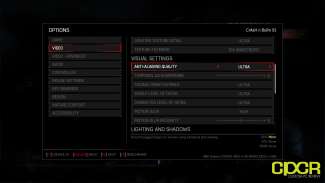
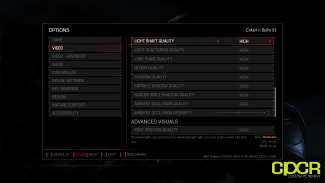
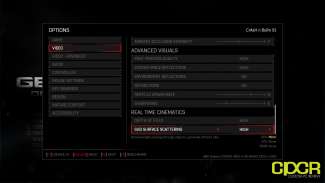
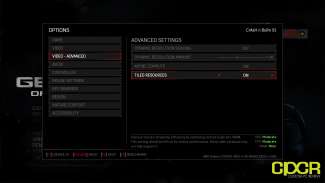
Results (DX12)
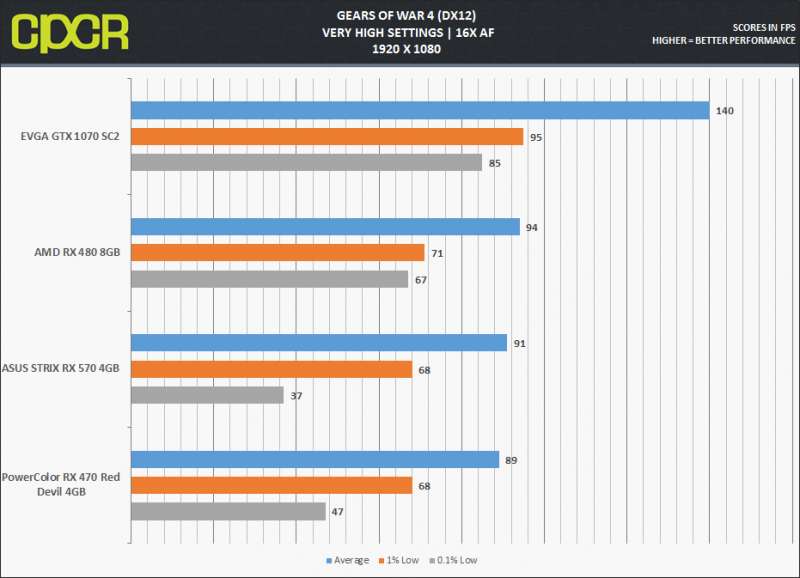
[section label="Ashes of the Singularity (DX12)"]
Ashes of the Singularity
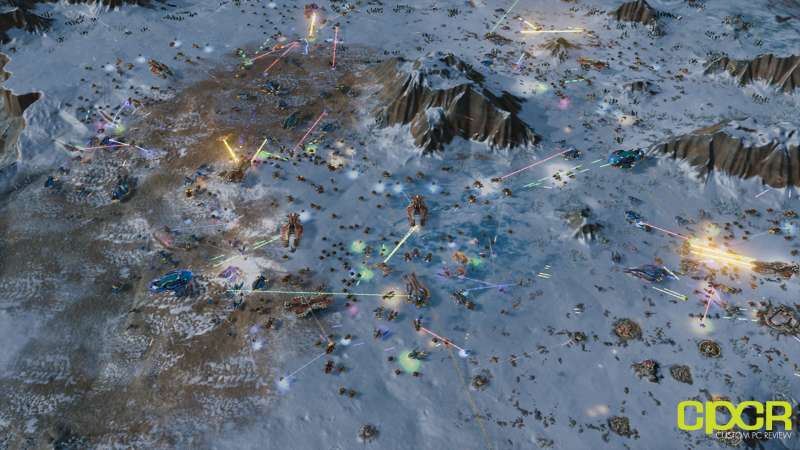
Oxide's Sci-Fi RTS game, Ashes of the Singularity is a staple in any graphics review equally it provides 1 of the all-time implementations of latest DirectX 12 API, complete with Asynchronous Compute for improved performance and even explicit multi-GPU back up which allows for mixing multiple graphics cards for additional performance.
Settings
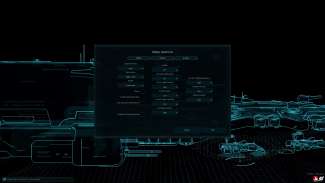
Results (DX12)
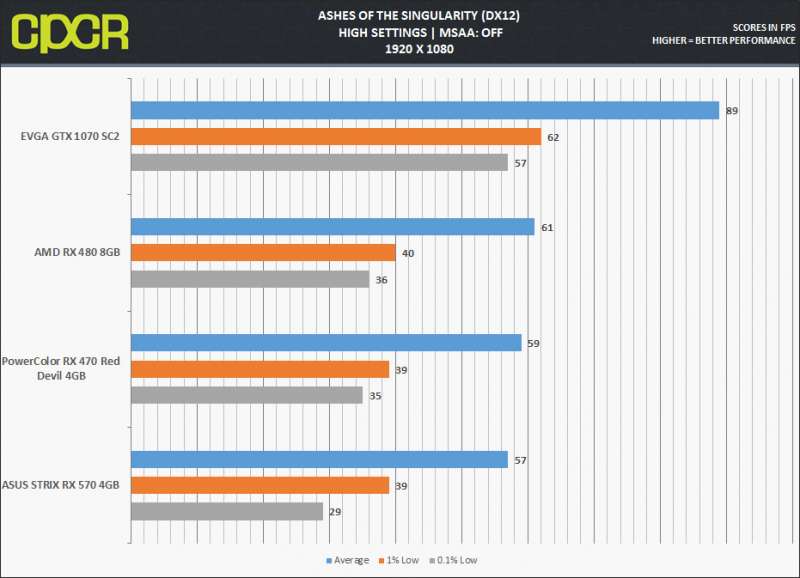
[section label="Overclocking"]
Overclocking
AMD WattMan
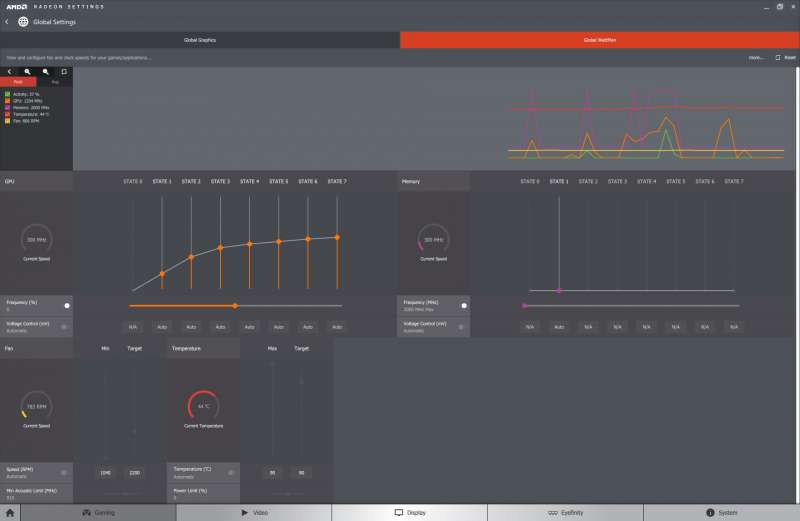
Using AMD's WattMan overclocking utility which is built into the Radeon Cherry-red software package, nosotros were able to overclock our sample from 1300MHz on the GPU clock to 1380MHz. I attempted to overclock the memory but was found that anything above the rated specifications was completely unstable, as I originally expected. The Elpida memory chips provided in this GPU just aren't geared toward overclocking. Nevertheless, the increase on the GPU cadre clock is impressive, although not out of the norm for the RX 570.
Results
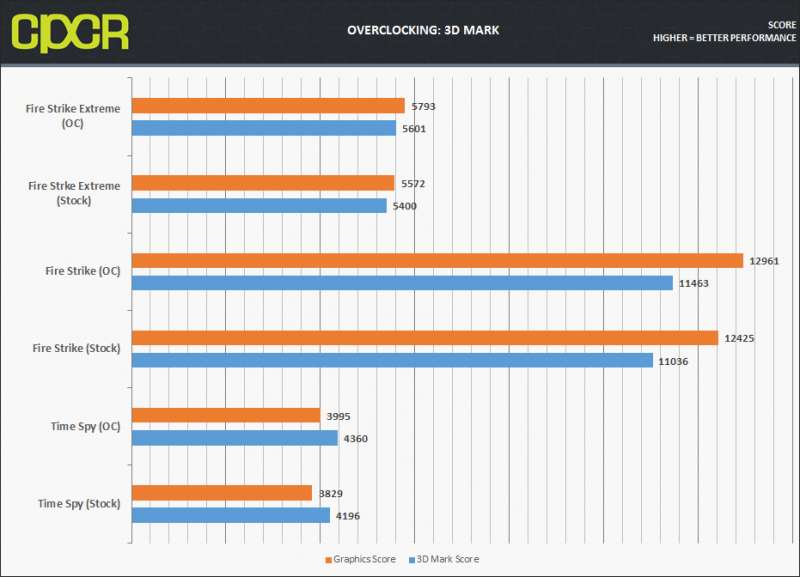
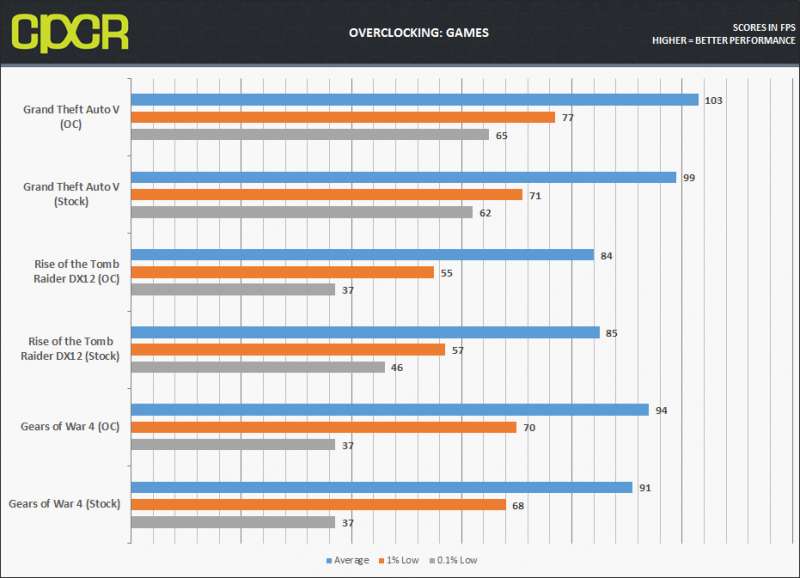
In our overclocking results, we encounter that while the constructed 3D Marking tests all perform marginally better with the overclocked dialed in, our games tests are scrap more inconclusive. 2 out of the three titles we tested did perform amend with the overclock, nonetheless, Rise of the Tomb Raider is strangely worse on the low side, but basically the same on average.
[department label="Temperatures"]
Temperature Testing
For idle temperature, we'll be taking a reading when the graphics card is idle for 5 minutes later on a cold boot. Load temperatures are taken after a full 30-minute burn using Furmark.
While some of yous aren't huge fans of Furmark as it creates an ultra heavy, unrealistic load on the graphics card, we experience like it's a more useful tool as it differentiates between graphics cards that have extremely well-designed coolers and ones that only have cooling solutions that simply pass the exam, if you volition. Almost games these days mostly don't create enough of a load/oestrus to even exceed temperatures where the fans would spin upwards on well-nigh custom coolers and then it's difficult to adequately rank cooling solutions without using a tool similar Furmark. During all tests, the GPU intake air temperature is approximately 25° Celsius.
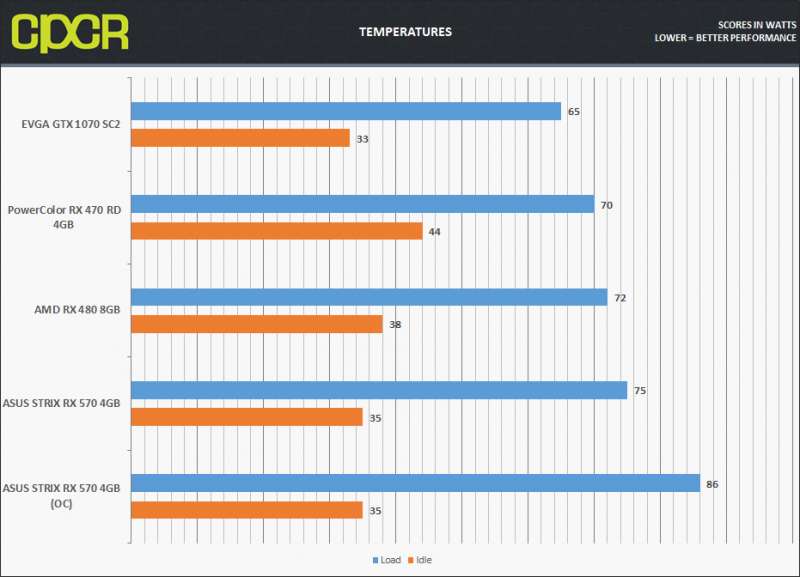
Temperature wise, the card'south cooling had no issues keeping information technology relatively cool at stock. That said, while idles are lower, the card did reach temperatures significantly higher than the RX 470 Scarlet Devil, which is a bit disappointing, but non surprising considering the rather anemic cooling solution. One time overclocked, the cooling solution proved even farther problematic, reaching temperatures of 86C while under load. Although, this wasn't an event while gaming equally we never saw whatsoever signs of thermal throttling and dissonance levels were still relatively placidity.
[section characterization="Power Consumption"]
Ability Consumption
For ability consumption testing, nosotros'll exist measuring total system power while idle along with full system power with the graphics card running at total load using Furmark. All power consumption measurements volition exist measured at the outlet with a simple P3 Kill A Watt meter.
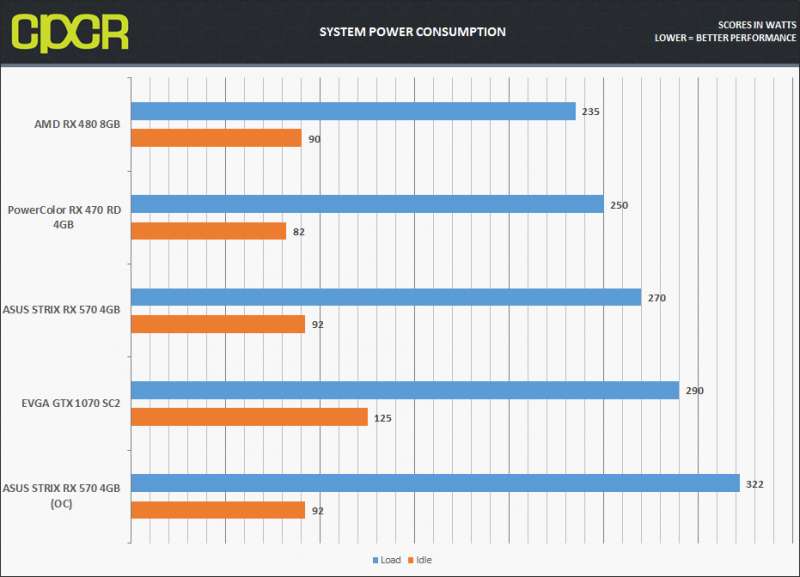
Taking a look at the above chart, nosotros can run into that the ASUS STRIX RX 570 does indeed describe more power than both the reference RX 480 and the PowerColor RX 470 Cerise Devil. Once overclocked, it draws even more power than the EVGA GTX 1070 SC2, which is a significantly more powerful carte. This wouldn't be a huge effect if it wasn't for the fact that in all our tests the ASUS STRIX RX 570 didn't really manage to outpace the RX 470 Cherry-red Devil and even lost to it in some cases.
[section label="Conclusions"]
Conclusions
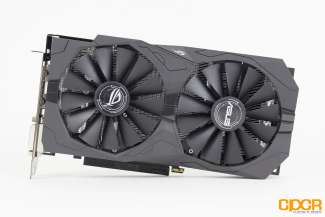 So after a broad range of tests, I'm left a little baffled by this card. Despite being based being based on a more than mature version of the same silicon, operation of the ASUS STRIX RX 570 seems to simply match or slightly lag behind that of the PowerColor RX 470 Scarlet Devil. This is very disappointing considering they are essentially the exact same GPU, just the ASUS card has the benefit of being clocked higher, this and of itself should translate to amend functioning across the board, and yet the results speak for themselves. I can simply presume that is due to the Ruby Devil just being a amend implementation, in terms of cooling chapters, memory chips, etc.
So after a broad range of tests, I'm left a little baffled by this card. Despite being based being based on a more than mature version of the same silicon, operation of the ASUS STRIX RX 570 seems to simply match or slightly lag behind that of the PowerColor RX 470 Scarlet Devil. This is very disappointing considering they are essentially the exact same GPU, just the ASUS card has the benefit of being clocked higher, this and of itself should translate to amend functioning across the board, and yet the results speak for themselves. I can simply presume that is due to the Ruby Devil just being a amend implementation, in terms of cooling chapters, memory chips, etc.
The ASUS STRIX RX 570 isn't necessarily a bad menu, it offers decent aesthetics, solid 1080p gaming functioning and information technology even runs adequately cool. That said, it is very difficult to recommend it for the current price of $189. If this was marketed as a more basic RX 570 priced closer to the $170 MSRP, I'd have no problems recommending it. However, the rather lackluster cooling solution, lack of a backplate and mixed performance makes it a tough sell equally a premium RX 570 carte.
If ASUS would accept did away with the fancy RGB lighting and dropped the price, or provided a meliorate cooling solution and a backplate, I'd probably take had a better experience with the carte. On top of that, the odd configuration of brandish connectivity options leaves me a bit confused. I know it is unlikely that a user at this cost bespeak would be looking to invest into a triple monitor setup, only only including a single DisplayPort on a gaming graphics card at this price, in this year, is simply strange.
This isn't necessarily a marking against the RX 570 in general, as I'd presume that a improve implementation would at least outperform the likes of the RX 470 in most cases, which is what you'd expect. Still, we'll have to test some other few cards to detect out. We have a PowerColor RX 570 Cherry Devil on the bench next, so hopefully, that will garner some improve results. As for the ASUS STRIX RX 570, I can't really recommend it unless the price is cut closer to the RX 570's MSRP.
Available on: Amazon
Sample provided by: AMD
Source: https://www.custompcreview.com/reviews/asus-strix-radeon-rx-570-4gb-graphics-card-review/

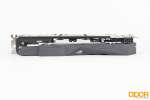
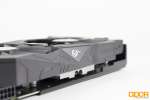

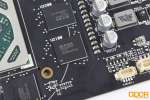
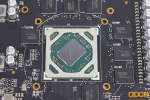
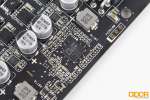
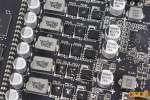
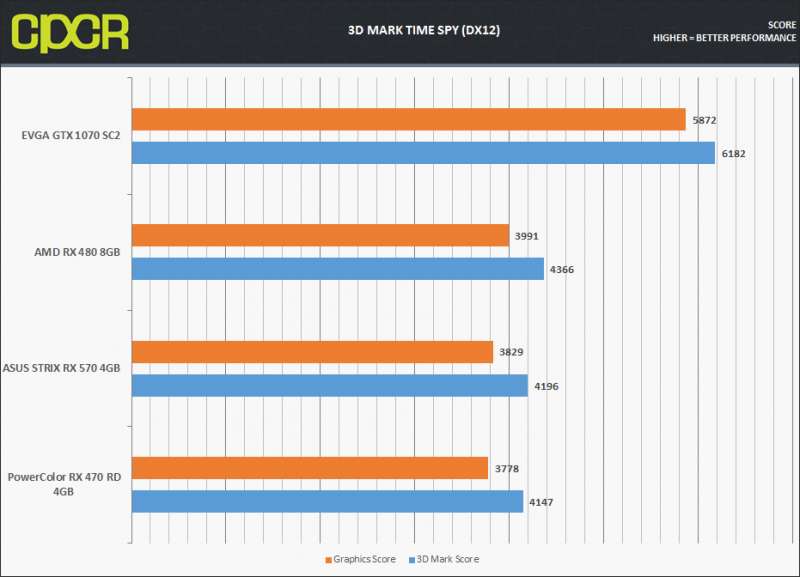
0 Response to "Asus Rog Strix Radeon Rx 570 O4g Review"
Post a Comment